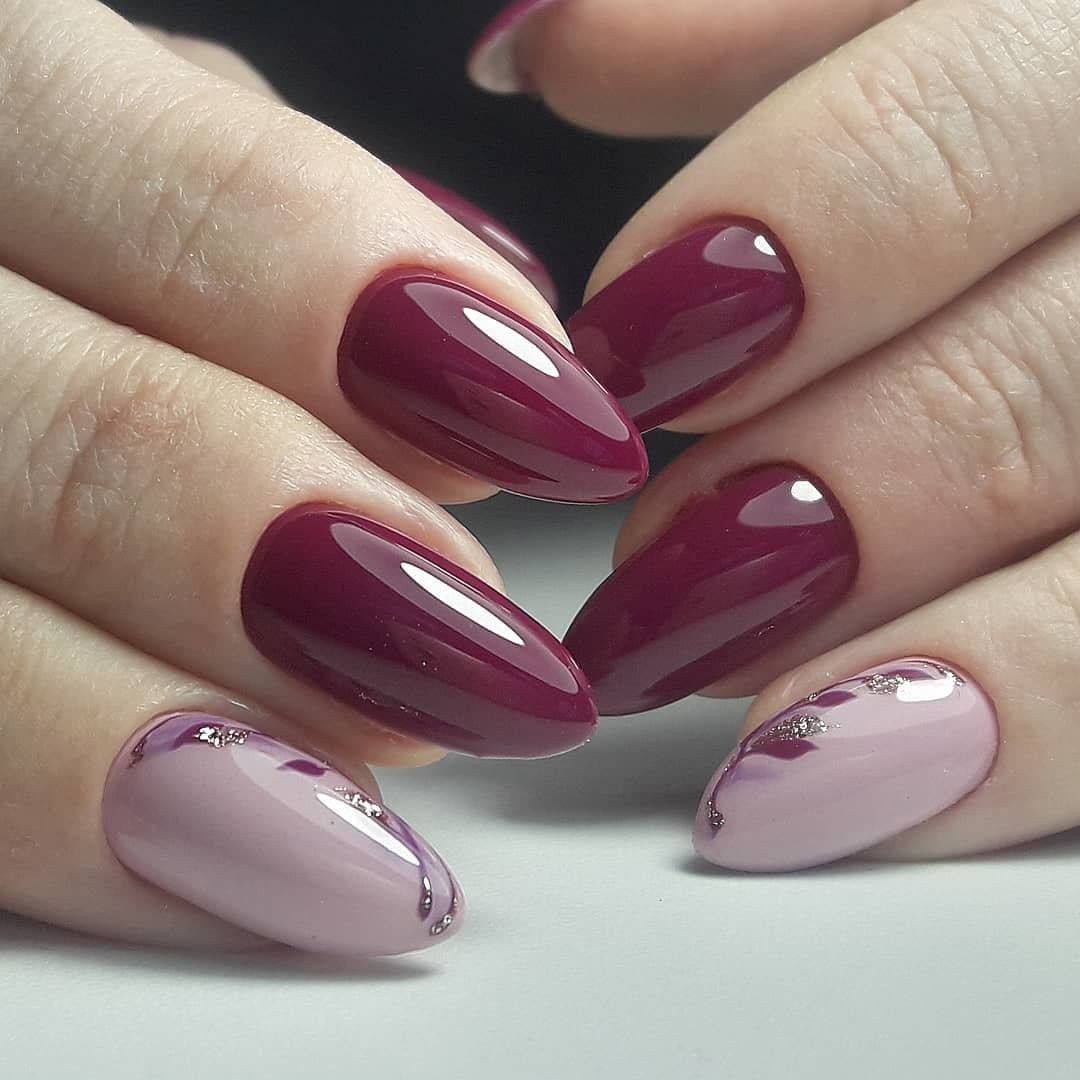Table Of Content

First, opening doors and windows will help air out the space and reduce the risk of inhaling chemicals. It’s important to wash all bedding before anyone goes to sleep, as the pesticide residue can pose health risks through skin contact or inhalation. It’s also a good idea to wash any fabrics in the home that can safely be laundered, including clothing and curtains, to remove lingering chemicals. Generally speaking, bug bombs are meant to rid an area of fleas, cockroaches, bed bugs, termites, ticks, and a plethora of other insects.
How to Use a Bug Bomb Safely
Don't reenter your home until it is safe to do so according to the product label. Silly (and obvious) as this may sound, a good number of reported incidents have occurred because individuals were unable to vacate prior to discharge of a bug bomb. In fact, a CDC study on bug bomb safety showed a full 42% of reported health issues occurred because users failed to leave the area after activating the fogger, or returned too early.
What To Cover When Bug Bombing
Pesticides found in bug bombs are chalk-full of harmful chemicals. Pay extra attention to product instructions for your own health and safety. If you experience nausea, dizziness, shortness of breath, leg cramps, burning eyes, coughing, wheezing or any other health issues, consult a medical professional immediately. The EPA recommends leaving your home for the duration of time indicated on the label of your bug bomb.
The 5 Best Roach Killers of 2024 Reviews by Wirecutter - The New York Times
The 5 Best Roach Killers of 2024 Reviews by Wirecutter.
Posted: Mon, 18 Sep 2023 07:00:00 GMT [source]
Does it Make Sense to Use Bug Bombs?
You also should store items like countertop appliances, cookware, food and toys safely away from anywhere the fog might reach. A few years later, bug bombs made their way into our kitchens and garages. To best use any product, we recommend thoroughly reading all of the instructions. We back up our pest control recommendations with a detailed rating methodology that we use to objectively score each provider.
While the general use instructions are consistent with most total-release foggers, you must carefully read the specific directions for your product. Due to the power, application, and pesticide chemicals they use, there may be unique preparation steps, wait times, or cleaning measures to follow. Per the EPA’s precautions on using total-release foggers, it is critical to avoid using too many foggers for your space. Most bug bombs cover a 2,000 cubic-foot area, roughly the size of a 15-foot x16-foot room with 8-foot high ceilings.
For this reason, it’s best to get help from a professional exterminator. Additionally, the pesticide itself may harm humans if they come into contact with it. Due to the way bug bombs work (more on that in the next section), they pose a very real inhalation risk to a building’s occupants if they remain inside while it is deploying. Even after a bug bombing, there is a chance that you may see them come out of hiding.
The Best Mosquito Yard Sprays and Foggers
Most products require airing out periods, prolonging your stay outside. If using a bug bomb is the course of action your heart is set on, then you’ll need to make sure this device is placed properly in the crawl space. If the bug bomb isn’t placed correctly, such can lead to the space above the device being soaked with aerosolized pesticide.
Woodstream Family of Brands
Understand the risks of the pesticides you are using by reading carefully all label sections beginning with danger, poison, warning, or caution. Follow instructions for use, and calculate how much pesticide you need based on the package directions. Bug bombs are somewhat risky as they contain flammable materials including potentially harmful pesticides. Set off a fogger and you'll kill off only those bugs that happen to be out in the open at any given moment. Any pests that are inside or under a protective covering will survive to bite another day.
What Are the Best Alternatives to Bug Bombs?

Whether the dog brings in fleas or there’s an ant invasion, heavy insect infestations can be irritating and hard to control. With this insect fogger from Hot Shot, users can kill large amounts of ants or spiders within just two hours. This fogger also kills brown dog ticks, crickets, fleas, gnats, houseflies, mosquitoes, roaches, silverfish, waterbugs, and more. This insect fogger by Spectracide kills many of the bugs that plague homes everywhere, including roaches, ants, fleas, brown dog ticks, mosquitoes, houseflies, silverfish, and spiders. In addition to killing those nasty bugs, this fogger is gentle on the home.
After returning to your home, wipe down any surfaces where food is prepared, or that pets or people may touch with their mouths. Clean all counters and other surfaces where you prepare food thoroughly. If you have infants or toddlers who spend lots of time on the floor, be sure to mop. If you left your toothbrushes out, replace them with new ones.
A gas flame or ill-timed spark from an appliance can easily ignite the propellant. Always turn off all pilot lights, and take the extra precaution of unplugging refrigerators and air conditioners. To be extra safe, place the bug bombs a minimum of six feet from any potential source of a spark. When activated, a bug bomb will release an aerosolized pesticide to fumigate the space around it. According to the EPA, bug bombs can kill cockroaches, fleas, ants, termites, and other pests. These symptoms could be found among children, adults, and pets.
Overusing a fogger for bugs can lead to dangerously high levels of pesticides within a home. This not only poses acute health risks to residents upon re-entry but can also contribute to long-term exposure concerns. Most flea bombs are labeled with the area size that the product is intended to treat. According to the California Department of Pesticide Regulation, it is unsafe to use foggers in enclosed closets or rooms that are smaller than 5 feet by 5 feet. A bug bomb, also known as a total release fogger, is a pesticide product that contains aerosol propellants and insecticides. Once set, they release a fine mist of pesticide in all directions, killing insects that come into contact with it.
If you cannot find a quick-acting fogger, you may need to air out your home by leaving the windows and doors open for a few hours once you’ve returned. Be sure to research the time frame of your fogger beforehand. This way, your bug bombing will go smoother and everyone will know what to expect. Cover any furniture, objects or other surfaces to protect them from the harsh chemicals found in bug bombs. Use sheets, towels, tarps or other coverings that you may have on hand.
When ridding the home of nasty bugs, it’s important to do it safely. This is especially true if there are pets or small children within the home. You never know what a pet will lick or what kids might put in their mouths. The best way to keep your family safe from an insect fogger is to follow the instructions and keep your pets and children out of the home until it’s safe for them to return. Most foggers are intended to treat a specific number of square feet; using a large bug bomb in a small space can increase health risks.
This is because the bug bombs can actually scare them deeper into the crevices of your home until it is okay to come out once again. The reason you would want to take the batteries out of your detectors before setting off the bug bombs is to protect them. You want to prevent the aerosol particles from coming in contact with the detectors and possibly compromising them. In this article, we’ll look at how to prepare for bug bombing and what to expect from the bombing process.






















